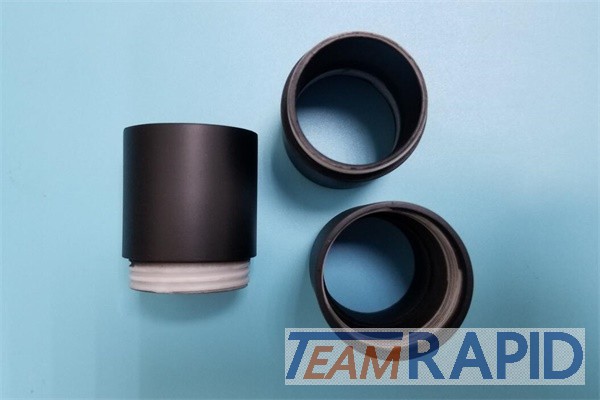What Is Rapid Prototyping?
Rapid prototyping is the fast fabrication of a physical part, model or assembly by using 3D CAD design. The part, model or assembly creation is usually done by using additive manufacturing or 3D printing.
Rapid prototyping has a wide range of manufacturing technologies. Most common is layered additive manufacturing. Other technologies used for rapid prototyping include high-speed machining, casting, moulding and extruding. Additive manufacturing is the most common rapid prototyping process, other more conventional like subtractive and compressive processes can also be used to create prototype.
There are many different types of Rapid Prototyping. Commercial 3D printing is the fast and affordable technique. It uses a bath of photosensitive liquid which is solidified layer-by-layer using a computer-controlled ultra violet light.
Used for both metal and plastic prototyping, SLS uses a powder bed to create a part one layer at a time by using a laser to heat and sinter the powdered material. But the strength of the parts is not so good as SLA. And the secondary work may required as the surface of finishing product is rough.
Fused Deposition Modeling (FDM) or Material Jetting is an inexpensive and easy-to-use process. It use a spool of thermoplastic filament which is melted inside a printing nozzle barrel before the resulting liquid plastic is laid down layer-by-layer according to a computer deposition program. This process is ideal for product development as it is fast and cheap.
Selective Laser Melting (SLM) , known as powder bed fusion, this process is favored for making high-strength, complex parts. It is widely used in aerospace, automotive, defence and medical industries. SLM process a fine metal powder which is melted in a layer by layer manner to build either prototype or production parts using a high-powered laser. SLM material includes titanium, aluminum, stainless steel and cobalt chrome alloys.
Digital light process is similar to SLA, this technique also uses the polymerisation of resins which are cured using a more conventional light source than with SLA. Binder jetting allows one or many parts to be printed at one time, although the parts produced are not as strong as those created using SLS. Binder Jetting uses a powder bed onto which nozzles spray micro-fine droplets of a liquid to bond the powder particles together to form a layer of the part.

Rapid Prototyping is attractive as it can aid visualization, design and development of the manufacturing process ahead of mass production. If you need help for your rapid prototyping project, contact us at [email protected] to request a rapid manufacturing quote, we are always ready to help.